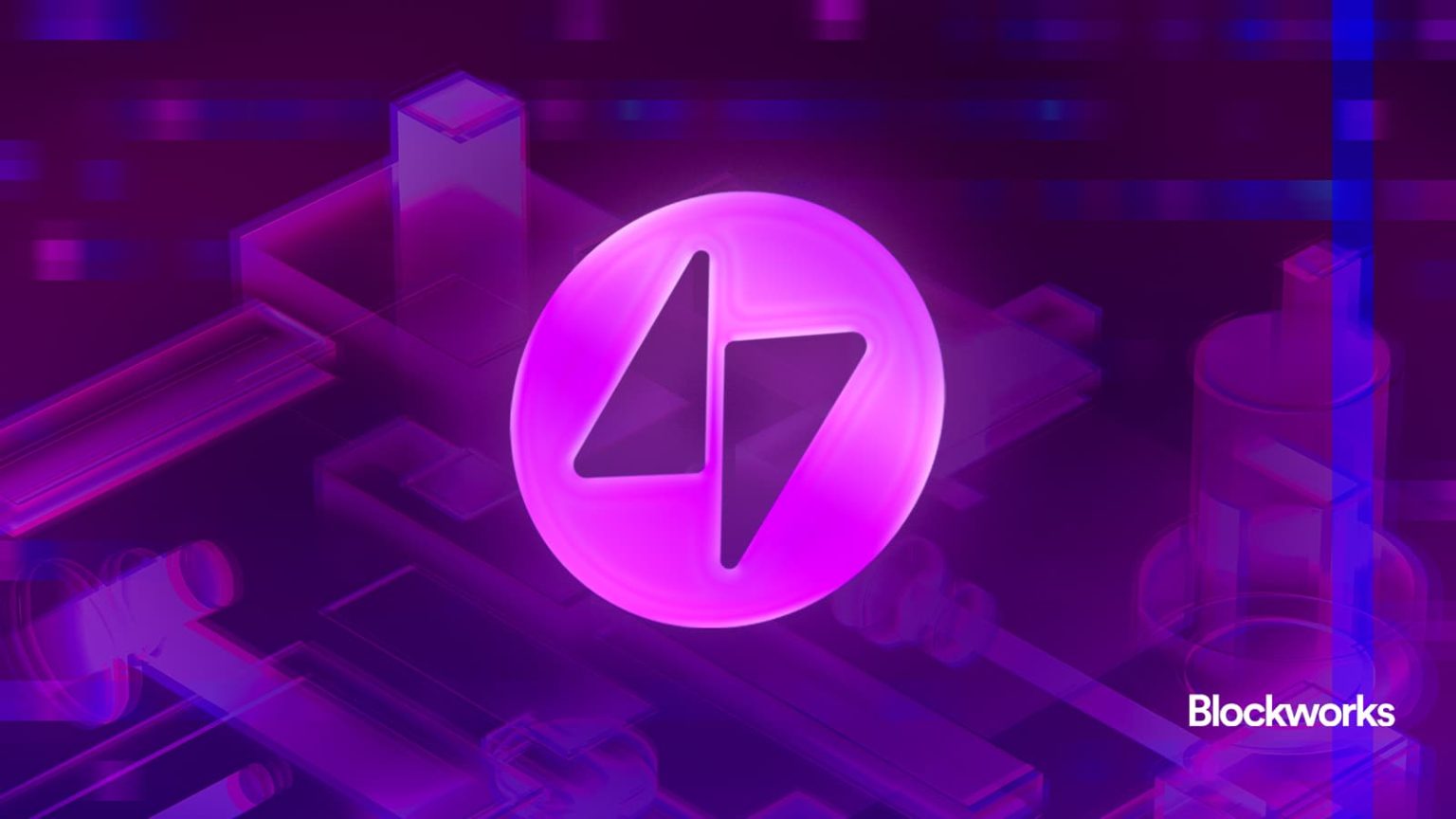TAC Mainnet Launch Aims to Bridge Ethereum DeFi to Telegram’s User Base
Telegram’s Akash chain (TAC) has successfully launched its mainnet. The initiative seeks to attract Ethereum developers and Decentralized Finance (DeFi) applications to Telegram’s massive ecosystem.
TAC: Independent Solution for TON Integration
TAC represents an independent Layer-1 blockchain purpose-built to integrate with the Telegram Open Network (TON) without being officially developed or controlled by Telegram.
Core Problem: Overcoming TON’s Developer Unfriendliness
TON’s reliance on its proprietary Virtual Machine (TVM) and FunC smart contract language presents a significant barrier for Ethereum developers. This compatibility issue limits adoption due to TON’s unique ecosystem.
TAC addresses this by offering an EVM-compatible environment directly integrated with TON. This facilitates deployment of Ethereum-based DeFi applications within Telegram’s billion-user base with minimal code modifications.
Pre-Launch Strategy: Major Liquidity Incentive
To prepare for mainnet launch, TAC executed an “$800 million Summoning Campaign” on the Turtle Club launchpad. Projects like Polygon-backed Katana previously utilized this platform.
TAC previously explored collaboration with Polygon Labs for a TON Layer-2 solution using Polygon CDK. However, this project was later shelved. The launched TAC chain, conversely, is a sovereign Layer-1 built on Cosmos SDK, connected via a cross-chain adapter to TON.
Transaction Fee Management and Tokenomics
To manage transaction costs and drive token utility, TAC utilizes a network of sequencers to handle transactions between the user’s device and the TON mainnet using an oracle system. A paymaster mechanism sponsors TAC gas fees and converts collected TON into TAC as rewards, creating buy pressure.
Cosmos-style DPoS is the staking mechanism, offering staking yields, excluding transaction fees, ranging from 8% to 10% APY. TAC’s inflation rate hovers around 5%, with nearly 60% allocated for staking rewards.
Security Enhancements: Cosmos SDK, Babylon
TAC prioritizes security with a validator set led by reputable infrastructure providers: ValidationCloud, P2P, Kintsugi, NodeStake, Chorus One, and Animoca.
A Halborn audit conducted just before launch confirmed the EVM implementation’s safety, addressing critical issues identified in earlier audits. Furthermore, TAC plans to leverage Babylon’s Bitcoin Staking technology for network security.
This dual-staking strategy requires validators to bond TAC and face potential BTC collateral slashing via Babylon’s system. The primary motivation, according to co-founder Marco Monaco, is to secure potentially enormous value locked up (TVL) by tapping Bitcoin’s security, given TAC’s significant token value ($300 million+ FDV estimated).
Design Trade-offs
TAC operates as an external EVM-compatible layer connected via cross-chain bridging and state mirroring. This architecture introduces added trust assumptions and sequencing complexity, presenting trade-offs for users and developers.
While the validator network is distributed, a portion is operator-controlled (“distributed, but not decentralized”) at launch.
Conclusion: A Significant Step for TON
TAC’s mainnet launch signifies a key evolution for TON, expanding beyond its payments focus into a platform accommodating DeFi application development through familiar EVM tools.
By offering a practical pathway for Ethereum developers to reach Telegram’s vast audience, TAC potentially opens doors for TON’s growth, despite existing technical friction and challenges.
About Telegram: Telegram is a popular instant messaging service known for its privacy features. Its foray into blockchain (Telegram Open Network or TON) aims to create a versatile platform for decentralized applications.
About 0xResearch: 0xResearch is an intelligence firm focused on coverage of impactful narratives in Web3, including blockchain, DeFi, and cryptocurrency projects.
Correction, July 15, 2025, 12:23 PM ET: Clarified that the dual-staking mechanism using Babylon was not active at the time of the mainnet launch.












